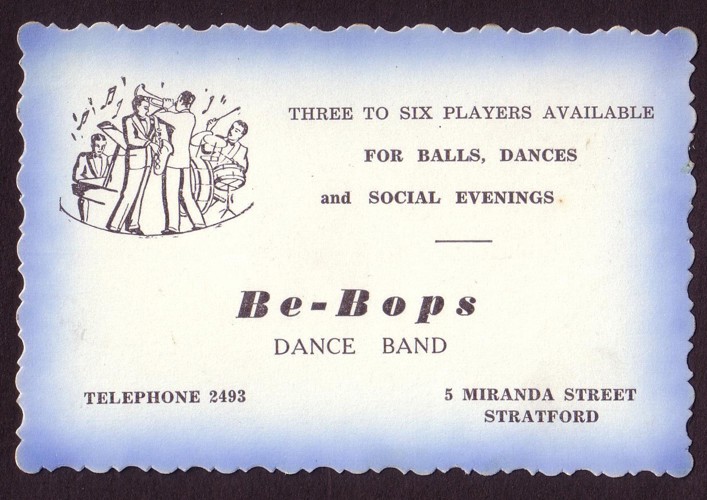
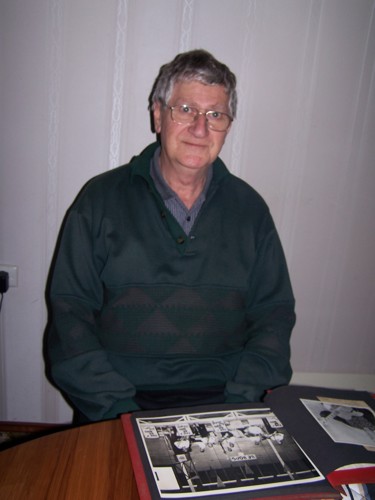
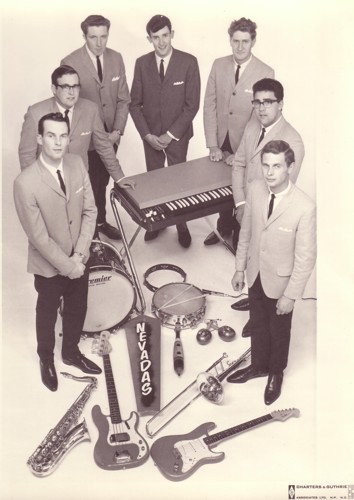
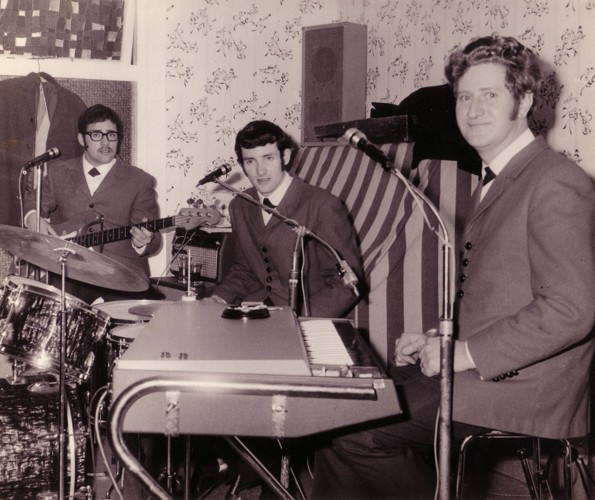
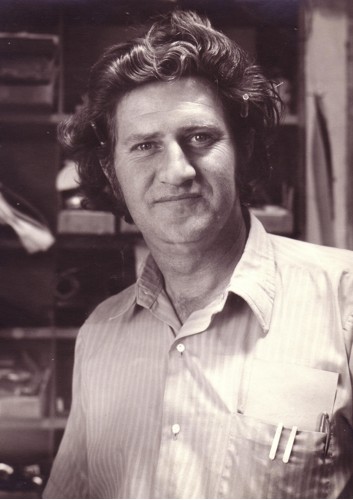
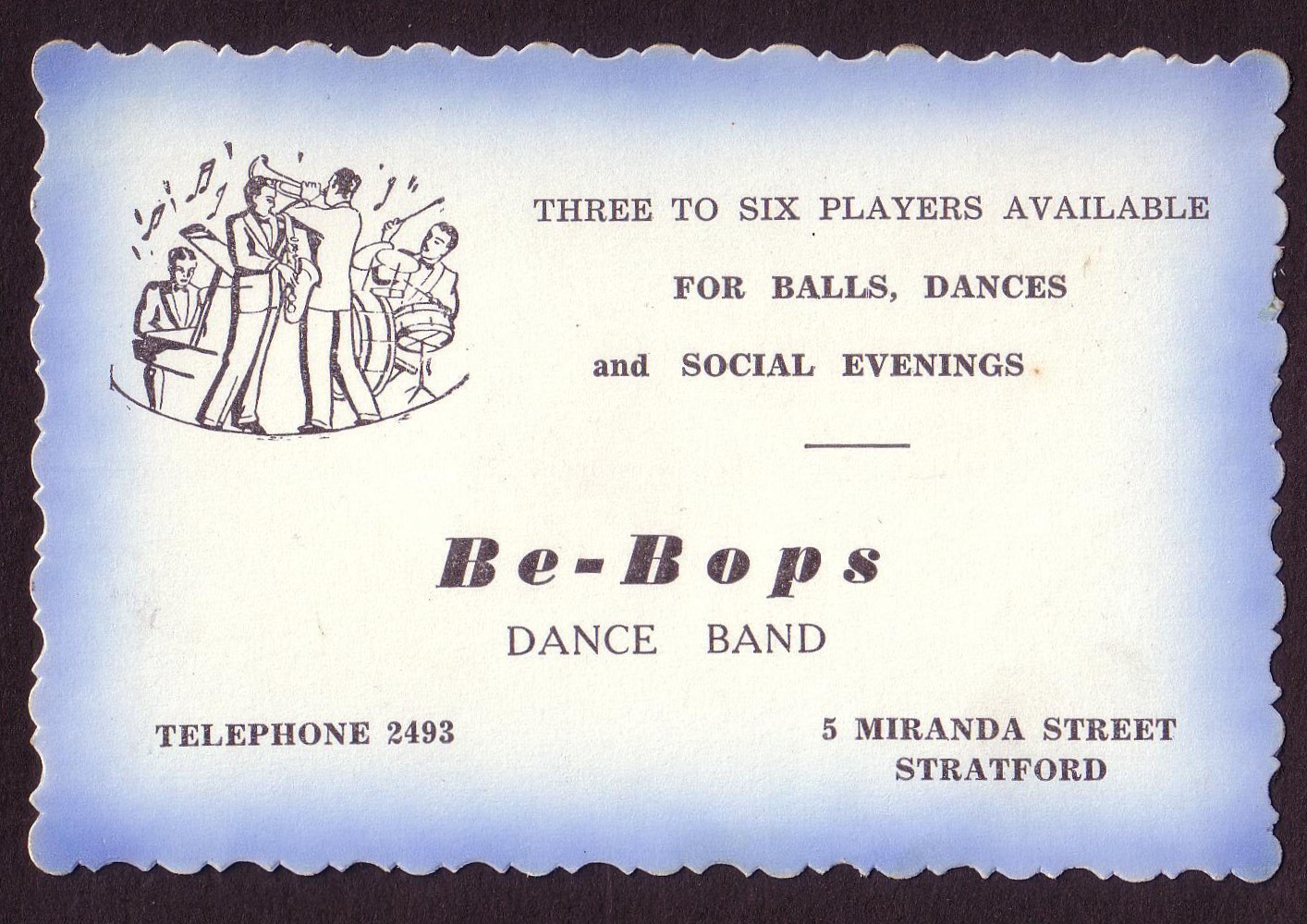
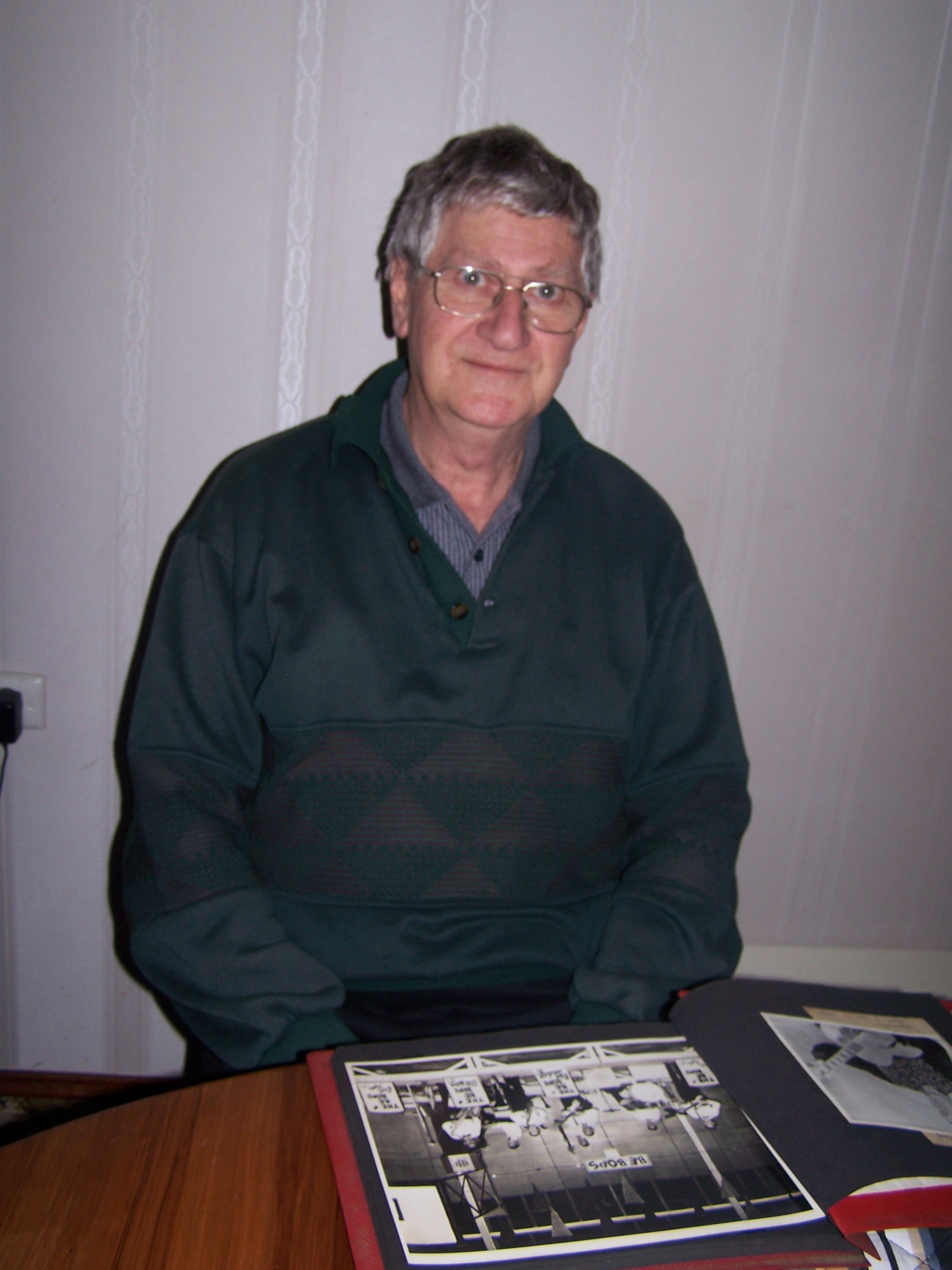
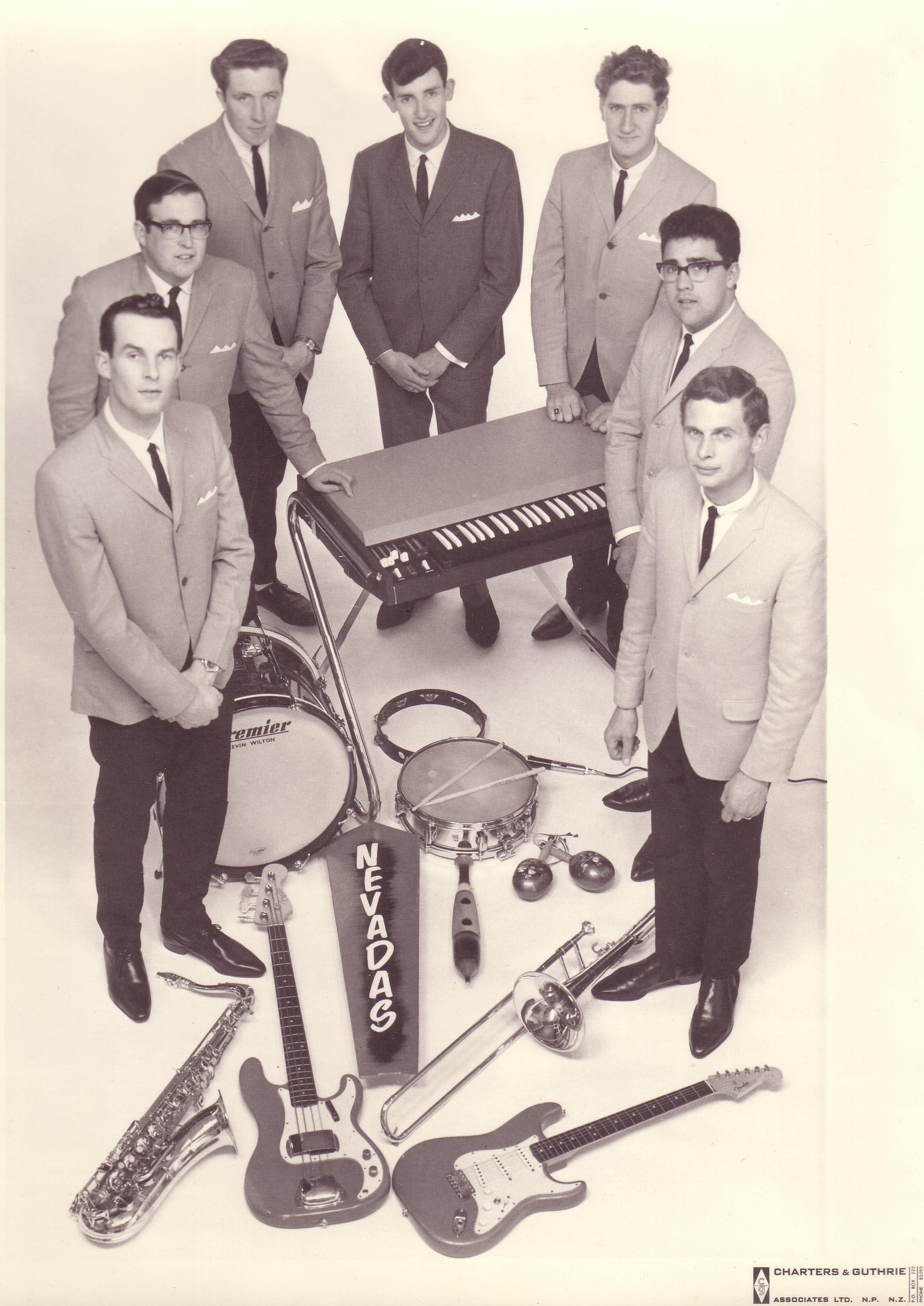
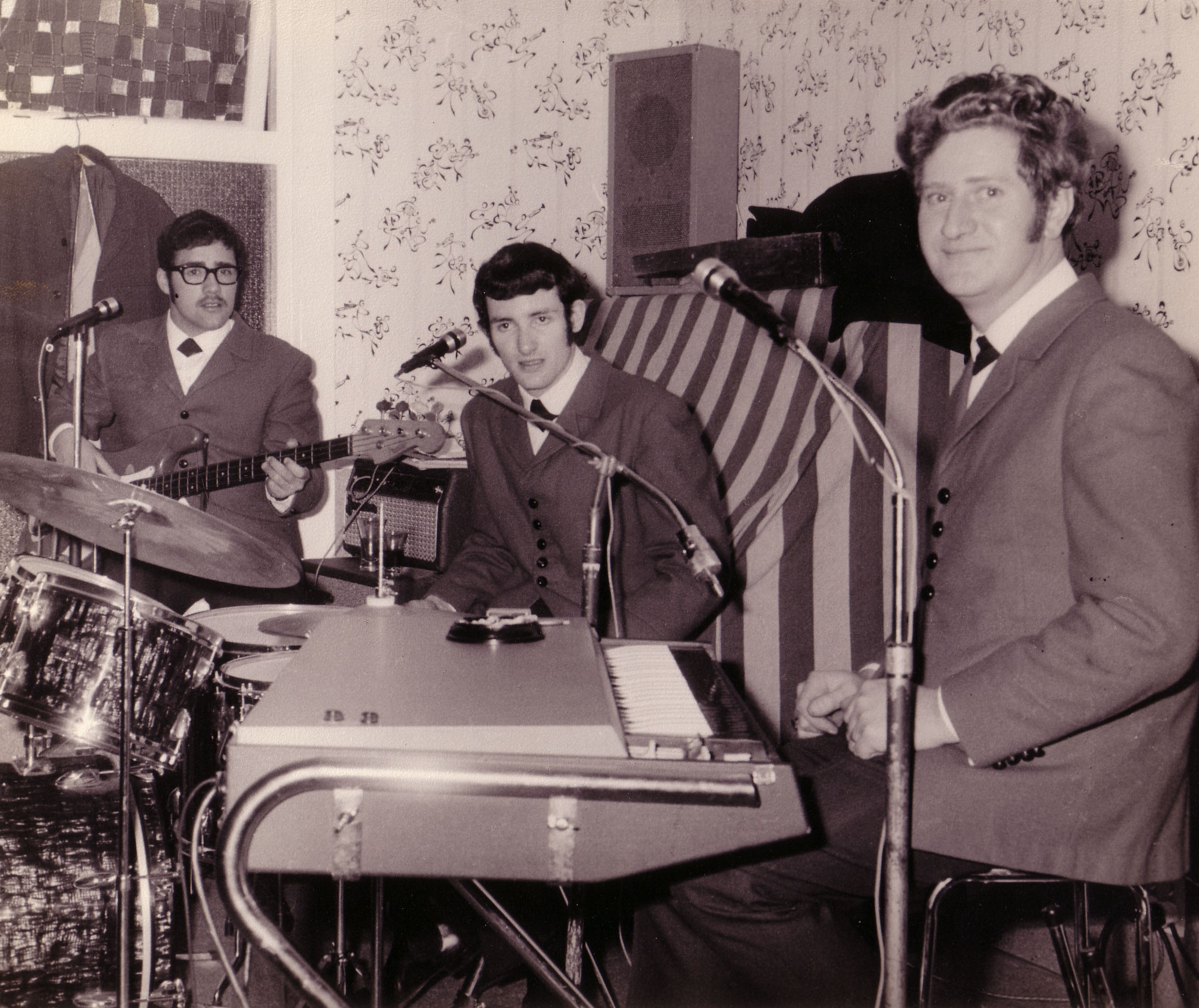
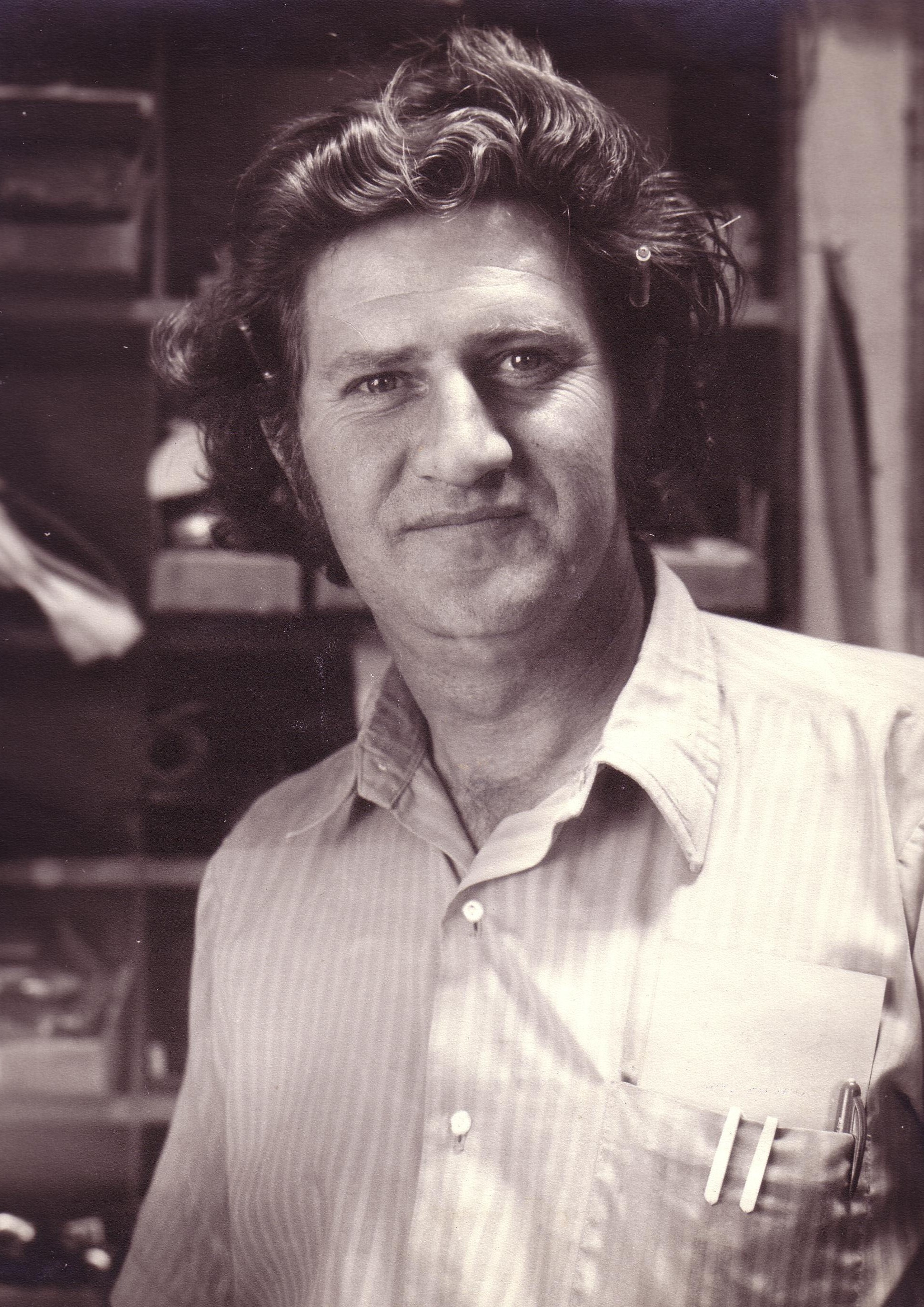
Errol Taylor is a stalwart of Taranaki’s music scene. The seemingly indefatigable musician played in most of popular Taranaki dance bands of the 50s, 60s and 70s.
The Daltones, The Nite-Lites and The Nevadas were all names to set the feet flying at the Queens Hall and Star Gym, not to mention countless other venues around the place. Taylor was a member of them all.
Born in 1939, his interest in music goes back to when he was just a small boy living on a farm at Waipuku, out of Stratford. “My older sister was learning piano” he explains when interviewed in 2005. “She got home one day and mum and dad had gone out and bought this Rapoldi piano. She sat down and played her 20 minutes’ worth, then I sat down and played it.” Somehow Taylor had mastered it by ear. “It went over like a lead balloon, though I probably didn't play as well as her.”
His mother, determined to nurture such natural talent, encouraged him with five years of classical training with Miss Edith Horne of Stratford. Then, in 1953, when a Stratford jazz band was looking for a fill-in piano player, Taylor put his hand up. He was just 13 years old.
“The band was called the Nu Tones and had sax, trumpets, trombones, the odd guitar and so forth” he says. “A big band. Mainly we played for our own entertainment as well as church socials and cabarets.”
In 1954, Taylor and three other young Stratford lads started their own band, and played more modern music under the name The White Stars. Waitara legend Colin King was already part of the dance band scene and had mentored many would-be musicians along the way. “Kingy was very good in that he would go out of his way to help younger musicians. He was a mentor to an awful lot of us” Taylor says.
One night in 1956, Colin King ran a talent quest at Waitara's Theatre Royale. Taylor was part of a new band which didn't even have a catchy name. The compere christened them The Be Bops, after the song they'd planned to sing - Gene Vincent's Be-Bop-A-Lula. The Be Bops won, playing music no one had ever heard before, and for the next ten years would play to appreciative audiences throughout the province.
Taylor tells the story: “In the mid-fifties, recordings would be made in the States or England, come out to Australia by ship, and if they sold fairly well there, then a master record would be shipped over to New Zealand, or pressed in Australia and sent here, so there was usually a six to eight week gap. We used to sit around the table at Stratford on a Saturday night and listen to 2UE in Sydney which played the top twenty. We'd hear a particular tune and think 'That sounds all right!' So the next night, we'd sit around the table again and we'd all scribble down the words. I'd do the chords. Then we'd go into the lounge and play the tune over and over.”
The Be Bops played music geared to younger people before it hit the local airwaves. The singer wore shocking pink and the other band members donned powder blue. Soon they'd toured pretty much every town hall in Taranaki.
When they ended up a five piece band, playing as an extra at a nurse's ball at Stratford, the crowd wouldn't let them leave the stage. “Rock ‘n’ Roll was just coming in and the twist was ten years away” explains Taylor. “We did our half hour and the guy came up to us and said would we like to go to Kakaramea.”
For 18 months straight, The Be Bops played at Kakaramea every Saturday night to a packed hall, using a sound system that was about a foot square, with one speaker that used to sit on the piano. The amp was a mere 10 watts and the microphone homemade, using a side light off a Morris Eight car and the hub of a propeller from a Gypsy Moth plane as the microphone stand. “I found it down the rubbish tip at Stratford,' Taylor says. 'So we just smoothed it off. It was as heavy as.”
Later, when bass guitars were needed, band members Eric Jordon and Taylor's brother Vic built their own from solid wood. “And hey, no one had those except Freddie Fender. Eric's had a high varnish gloss and Vic's was painted a pale lemon colour with a bright red finger board.”
Taylor says the Kakaramea hall piano had never been played so hard in its life. “It was falling apart. The hall committee said they'd see what they could do. The next time, there was a brand spanking new Chapel upright - the best of pianos, before Yamaha was invented. It was brilliant, with a nice case and a heater element built into it.” He still has fond memories of that piano, which cost £850 and paid for itself in three dances. Playing a fancy piano bought specially made him feel like a star. “You couldn't help it.”
When the Memorial Hall committee in Hāwera went looking for a band to run fortnightly dances there, the Be Bops said yes. Kakaramea had been good to them but it was time to move on.
It was 1958. Music was evolving, Taylor says, with Bill Haley and Elvis Presley making a huge impact on the younger generation. The Be Bops added a couple of saxophones and for a little while each night, some of the band would come on stage and play the modern stuff. “The dances in those days were the Waltz, the Foxtrot, the Quickstep, Eva-three-step, Rock'n’ Roll, Gay Gordons - you played a fair old mixture” Taylor says. “Even then you could do an old-time medley that consisted of a Maxina and a Velita, and a Gypsy Tap, and Ball-in-the-Jack and so forth. People knew these dances well. No one stood in one place and wriggled their backsides until around 1963.”
The band took their music to the Star Gym behind the stadium at Yarrow's Park, bringing in guest bands from other places, including the Pick Tones who introduced the Bossa Nova to Taranaki. Colin King was playing big dances at Stratford and he and the Stratford boys played alternate venues until 1964. But by then The Be Bops had girlfriends and wives and were looking at different occupations. The band began to split up as members married and moved away.
Taylor was invited to join New Plymouth band The Daltones - who found they had to change their name to avoid confusion with an Australia group. “Someone came up with the name Nite Lites and we ran dances at the Queens Hall in New Plymouth and once again at Stratford” Taylor says.
While he worked as an electrician by day, Taylor continued playing at dances at night, as well as live broadcasts at 2XP so technicians there could practice their recording techniques. “They'd pay us a nominal fee so they could learn what to do” he grins.
The technicians found a unique way to put fullness into the sound. “The 2XP building on Brougham Street was three or four stories high” Taylor says, “With a studio at the top and a stairway that went all the way to the ground. We'd be at the top, playing, and they'd take a sound feed and feed it into this speaker box and the sound would go down the stairwell, be picked up by the microphone and put back into the sound up top. It produced a slight echo and made the sound neat.”
But a similar attempt during a Bowl of Brooklands concert still makes Taylor laugh. “It was either Kiri [Te Kanawa] or Malvina [Major] and all of a sudden, there's this off, out-of-tune noise coming out of those two big speakers by the lake. The guys in the little sound booth couldn't work it out.”
They'd used the same bounce-back system, sending a signal from the microphone to a speaker at the Operatic Society on Robe Street, to give everything a nice, mellow sound. But as Taylor says, “What they hadn't banked on were a couple of women going in to do some sewing. They were singing along, with their voices coming out at the Bowl!”
The Nevadas - probably the best-known and most well-loved of all the bands that Taylor played in - was formed after a major revamp in 1967. “Brian Chamberlain, Ray Hopkinson and myself had been in the Nite Lites and we were still together, with sax player Barry Gerrard. The other guys were all new. We became The Nevadas, carrying on the dances and bringing in guest artists.”
Eventually, anyone who was anyone took their place on The Nevada's stage: Rob Guest, Ivor Fisher, Steve Allen, Maria Dallas, Sandy Edmonds, Craig Scott, The Chicks. At one stage a youthful Johnny Farnham, too young at 16 to play in a pub, sang with The Nevadas, as did Tommy Addeley and Tony Williams.
Commanding huge crowds, The Nevadas set the dance halls on fire. “The style of music we played was extremely varied, and we were much more of a very polished show band, with tunes like the theme from the popular television show The Power Game always stopping people in their tracks. We did Tom Jones, Roy Orbison, Englebert Humperdink and Tony Christie numbers. Although Ray Hopkinson was in the same bands as me for about 11 years, I still don't really know what his voice sounded like, as he had the ability to sound just like the person whose song he was singing at the time.”
Because the dances were often where 'girl meets boy' they were tagged 'The Marriage Bureau' and many couples who smiled out from the Engaged section of the Taranaki Photo News were symbols of its success.
The word on the streets was always that if The Nevadas were running the dances they'd be great. “We ran a tight ship” Taylor says. The band held fast to a strict dress code that ruled men had to wear a tie and girls could not wear trousers, which resulted in one girl taking off her jeans one night and walking in with them thrown over her shoulder. Despite the daring approach, she was removed.
The Nevadas also began giving substantial prizes away to lucky dancers. “Once we bought a GEC combined radio/cocktail cabinet, with a mirrored back so one bottle would look like two, and all that. Over a period of four or five dances, people would go into a draw. We did a thing with NAC [now Air New Zealand] and had a grand playoff with the winning couples being flown down to Dunedin,”
In 1969, The Nevadas decided to call it a day. Three original members, Hopkinson, Chamberlain, and Taylor, stayed together as The Nevada Trio, playing a mix of light jazz, ballads and pop songs of the day. As well as singing, Hopkinson took over the drums.
“The word 'cover' had not yet been invented and we were musicians and not songwriters. We played songs that people knew and could relate to.” The Nevada Trio played at the Westown Motor Hotel for years, as well as the Bell Block Hotel and Ngāmotu Tavern.
In 1977, after several changes, they finally wound up. For more than two decades, Taylor had managed an average of one Saturday night off per year.
Later in life Taylor went on to own an electrical repair shop in New Plymouth, while keeping his musical hand in by playing solo whenever asked. Errol Taylor passed away on 19 February 2008 aged 68 years.
Please do not reproduce these images without permission from Puke Ariki.
Contact us for more information or you can order images online here.